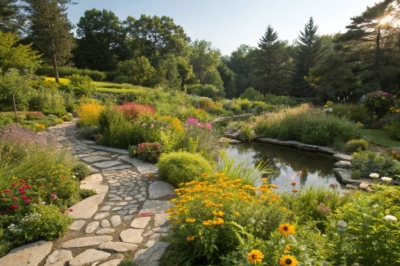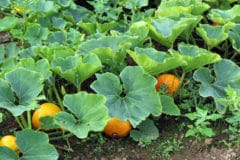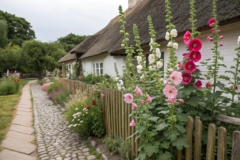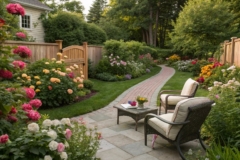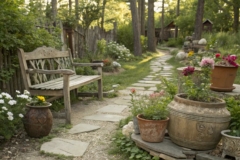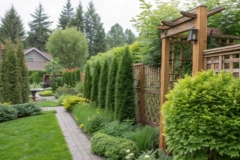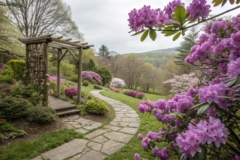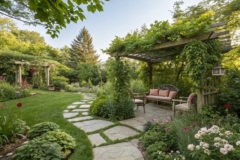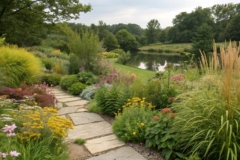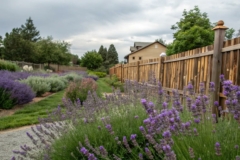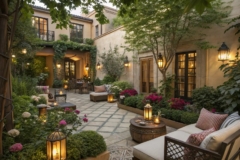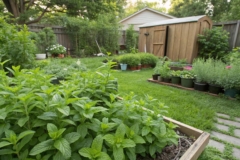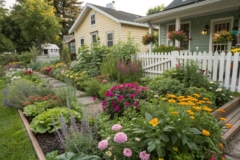1. Incorporate Native Plants
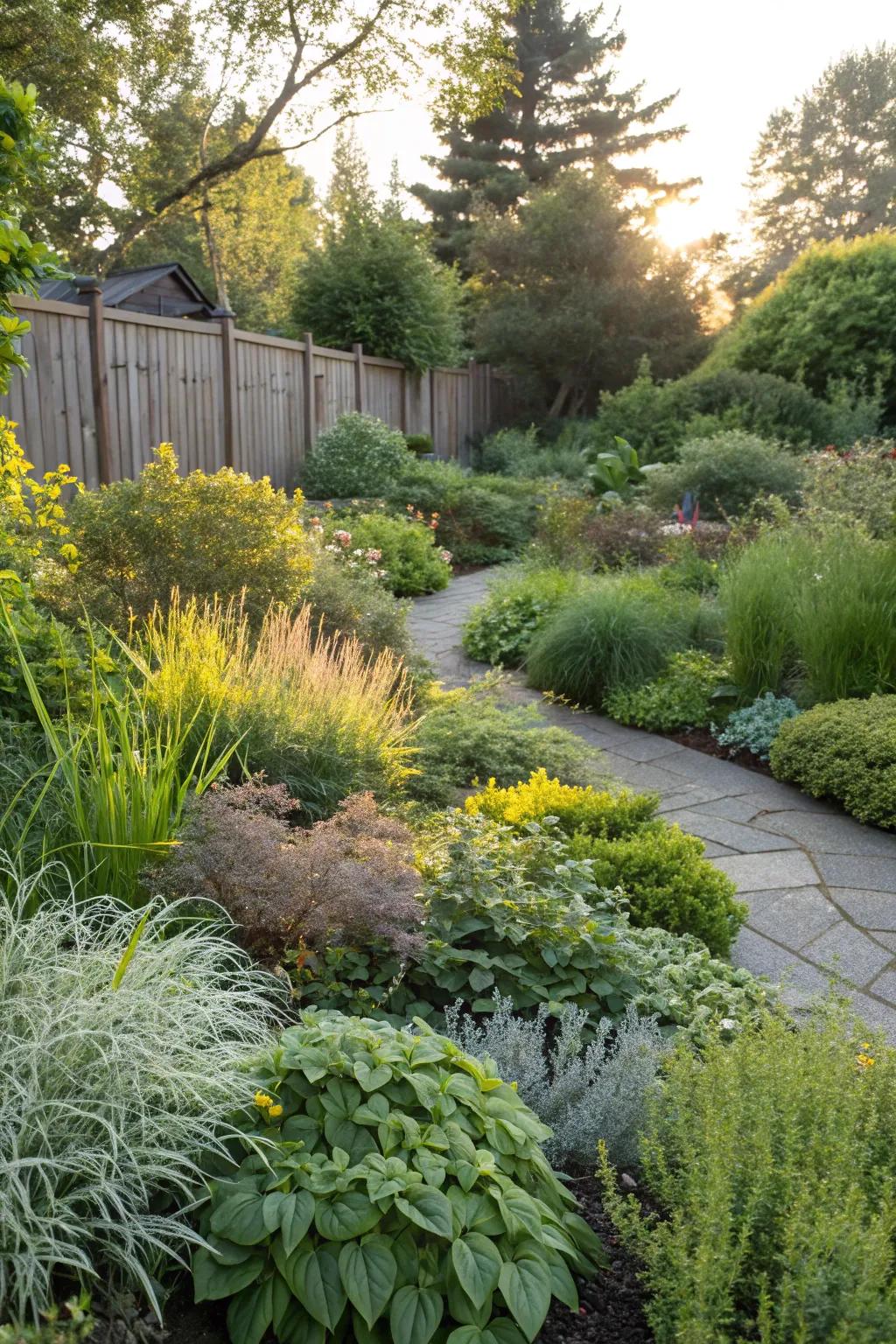
Using native plants not only supports local wildlife but also ensures that your garden thrives with less effort. I’ve seen how resilient and beautiful these plants can be in my own backyard.
You might give these a try:
- Native Wildflower Seed Mix: Transform your garden with this native wildflower mix, supporting local pollinators easily.
- Eco-Friendly Garden Planter: Boost your garden’s sustainability with eco-friendly planters perfect for native species.
- Organic Mulch for Native Plants: Enhance soil quality and conserve moisture with organic mulch tailored for native gardens.
2. Craft a Sensory Garden
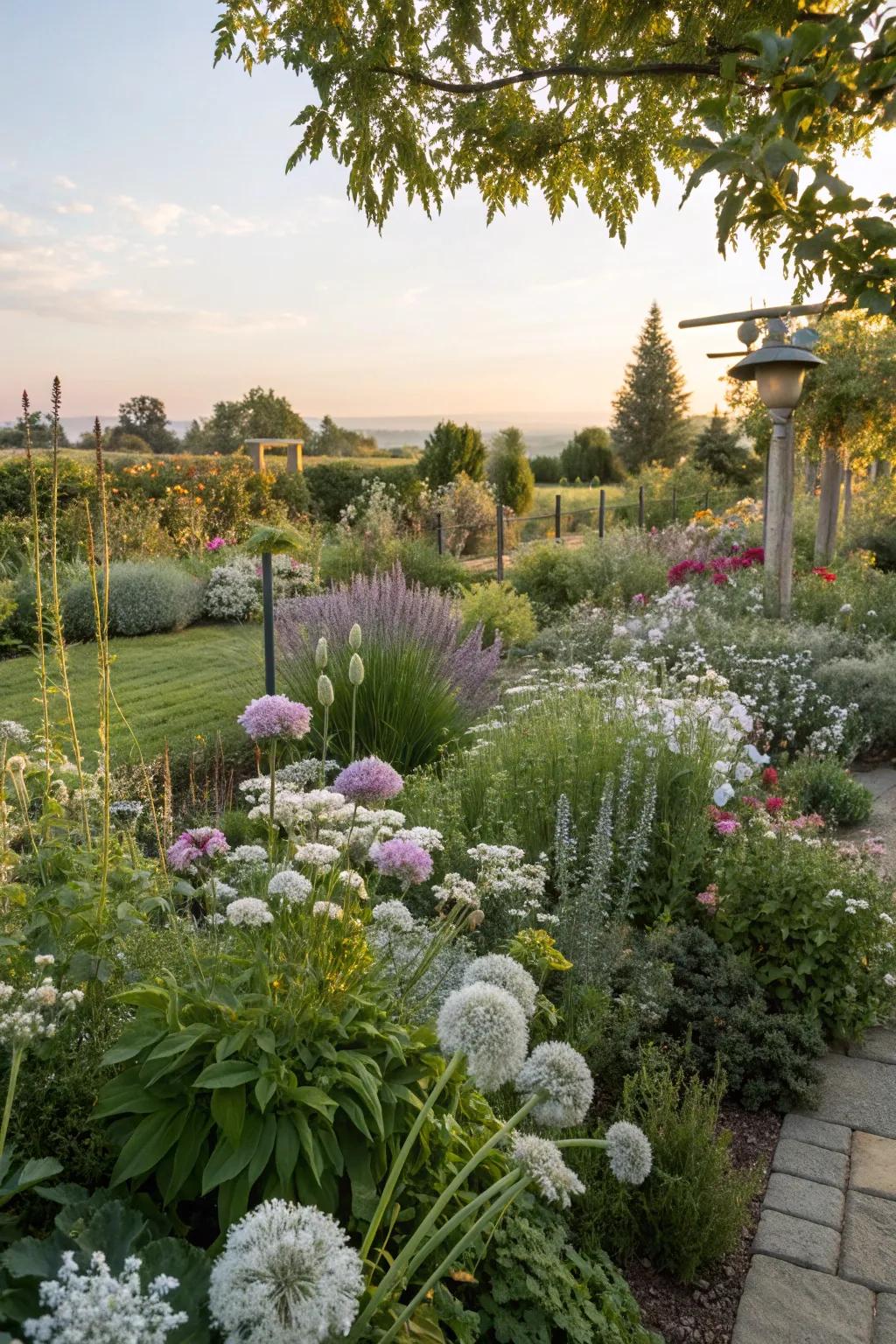
A sensory garden with fragrant plants and textured leaves can engage all your senses. I adore how these elements make my garden a truly immersive experience.
Check these products out:
- Aromatic Herb Plant Collection: Enhance your garden’s fragrance with a collection of aromatic herbs. Perfect for sensory engagement.
- Textured Leaf Perennials: Add depth and interest to your garden with perennials featuring unique textured leaves.
- Solar Garden Lights: Illuminate your sensory garden in style with eco-friendly solar lights for a magical evening glow.
3. Create Meandering Pathways
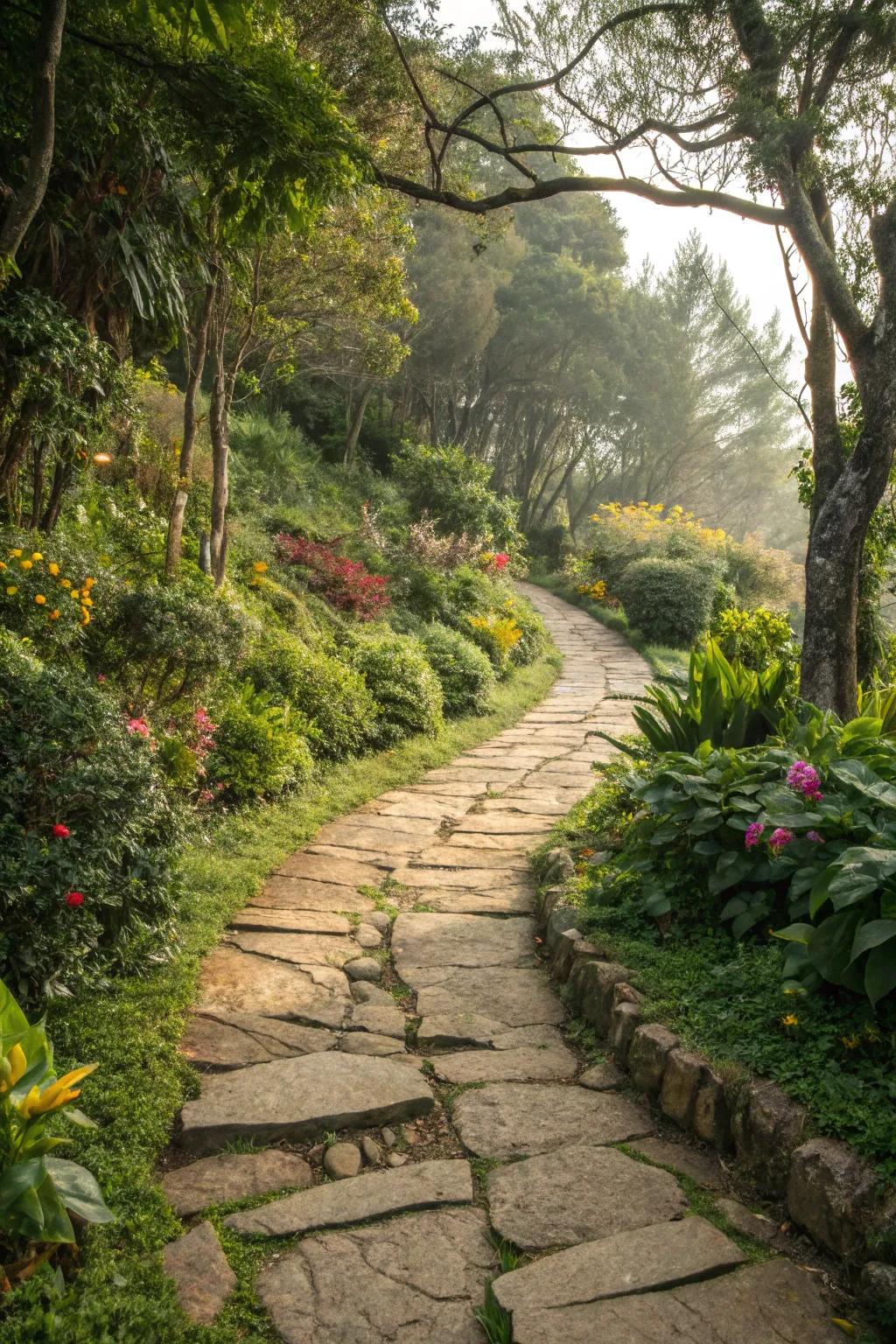
Stone or wooden pathways that weave through your garden offer a serene way to explore. In my garden, these paths invite me to wander and discover new beauty every day.
Some handy options:
- Stone Pavers: Enhance your garden’s beauty with durable stone pavers, creating a charming wandering pathway.
- Wooden Stepping Stones: Lay down wooden stepping stones for an inviting, rustic pathway through your garden.
- Garden Pathway Lights: Illuminate your garden paths beautifully with pathway lights, adding elegance and safety at night.
4. Cultivate Lush Greenery
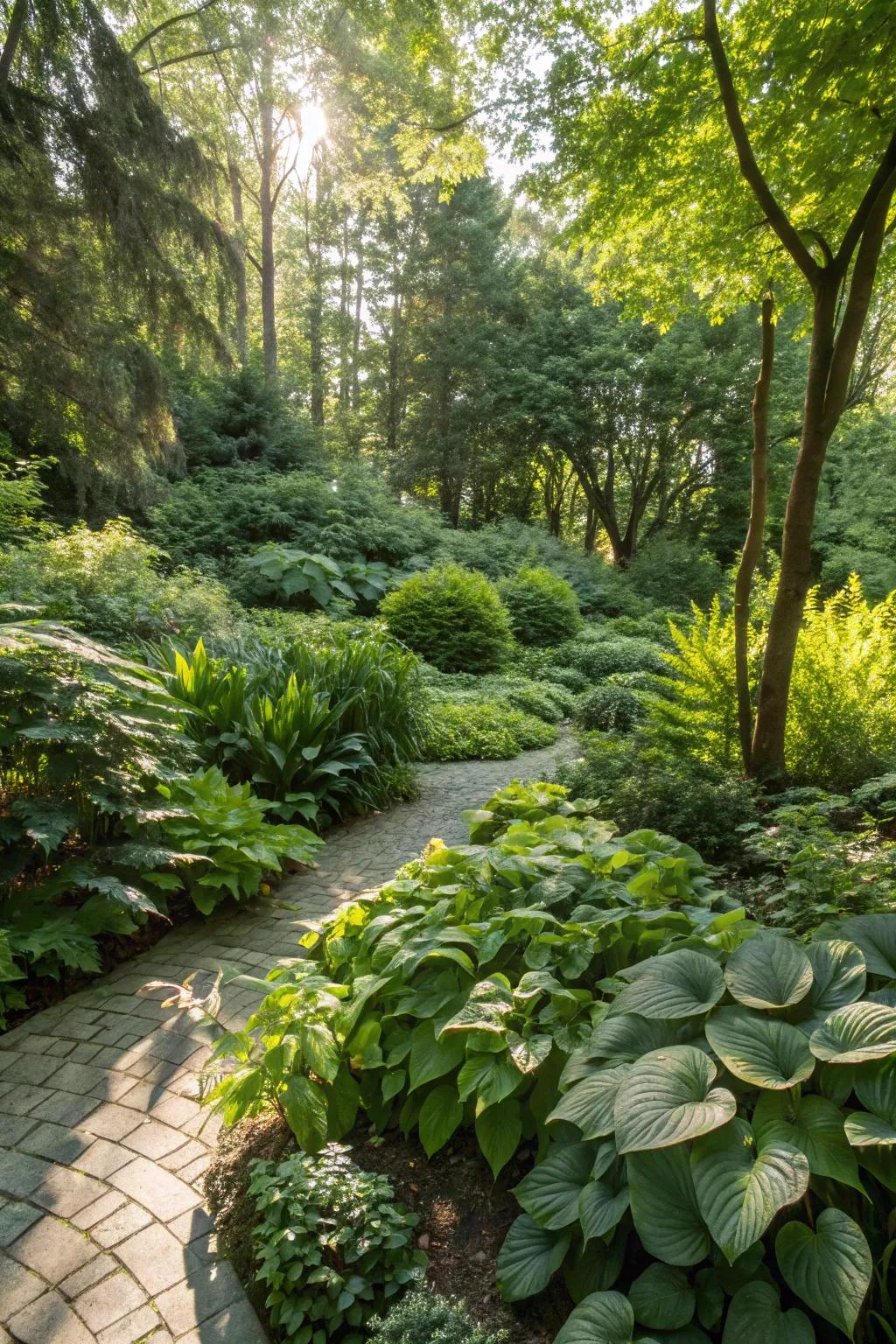
A mix of different shades and textures of greenery can create a vibrant and lively environment. It’s always a joy to see how this lushness evolves through the seasons in my garden.
May just do the trick:
- Shade-Loving Fern Collection: Enhance your garden’s lushness by planting shade-loving ferns for rich, diverse textures.
- Organic Soil Enhancer: Boost plant growth with organic soil enhancers for a vibrant and flourishing garden.
- Garden Pathway Solar Lights: Illuminate your garden paths at night, adding charm and safety with solar-powered lights.
5. Design with Seasonal Colors
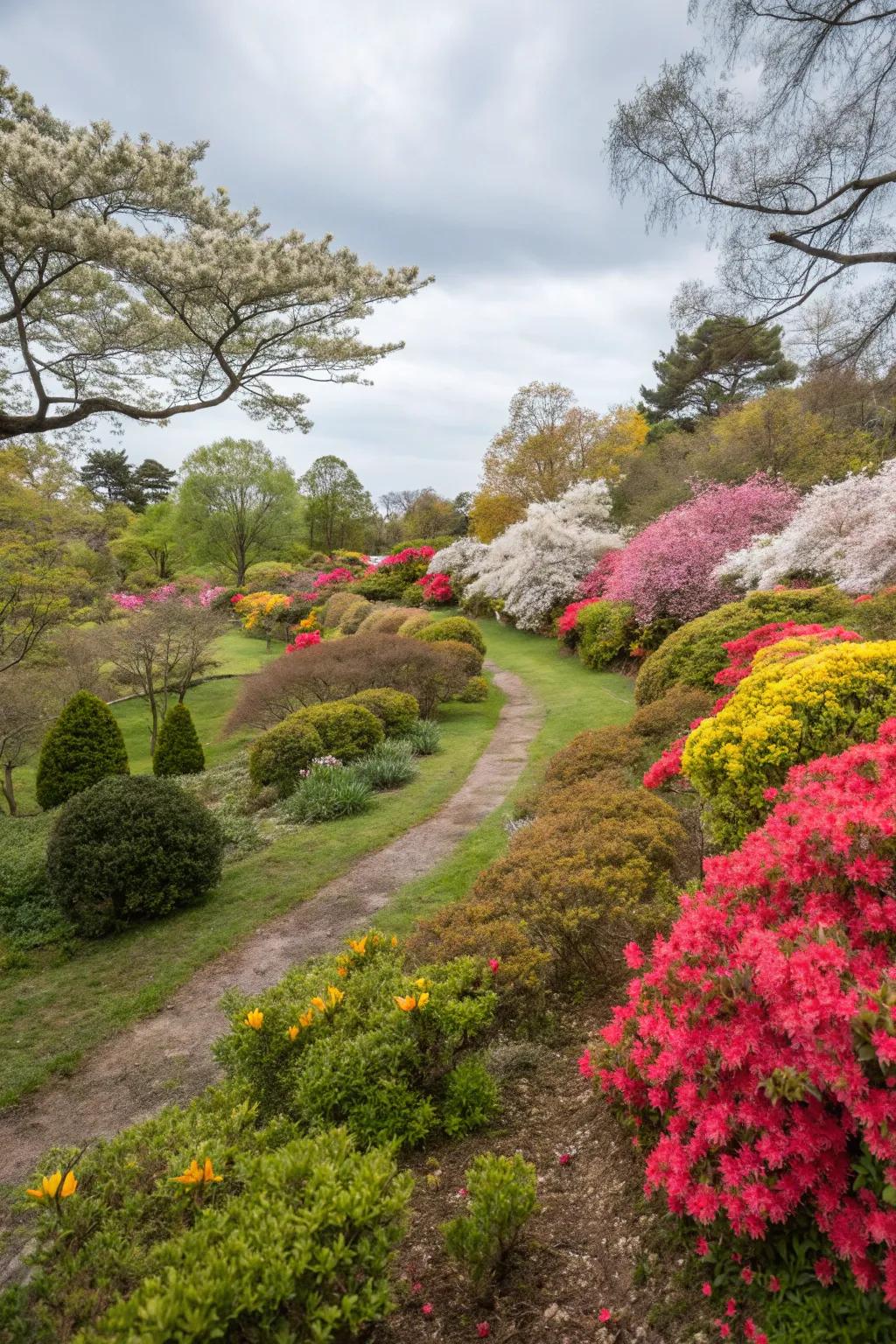
Plan your plantings to ensure seasonal color throughout the year. This approach keeps my garden vibrant and full of life, no matter the season.
A few suggestions:
- Perennial Flower Seed Mix: Transform your garden with vibrant blooms all year round using a diverse seed mix.
- Colorful Flowering Shrubs: Enhance your garden’s appeal with shrubs that offer seasonal colors and textures.
- Seasonal Garden Bulb Collection: Plan your garden for continuous blooms by planting a diverse collection of seasonal bulbs.
6. Build a Bee-Friendly Habitat
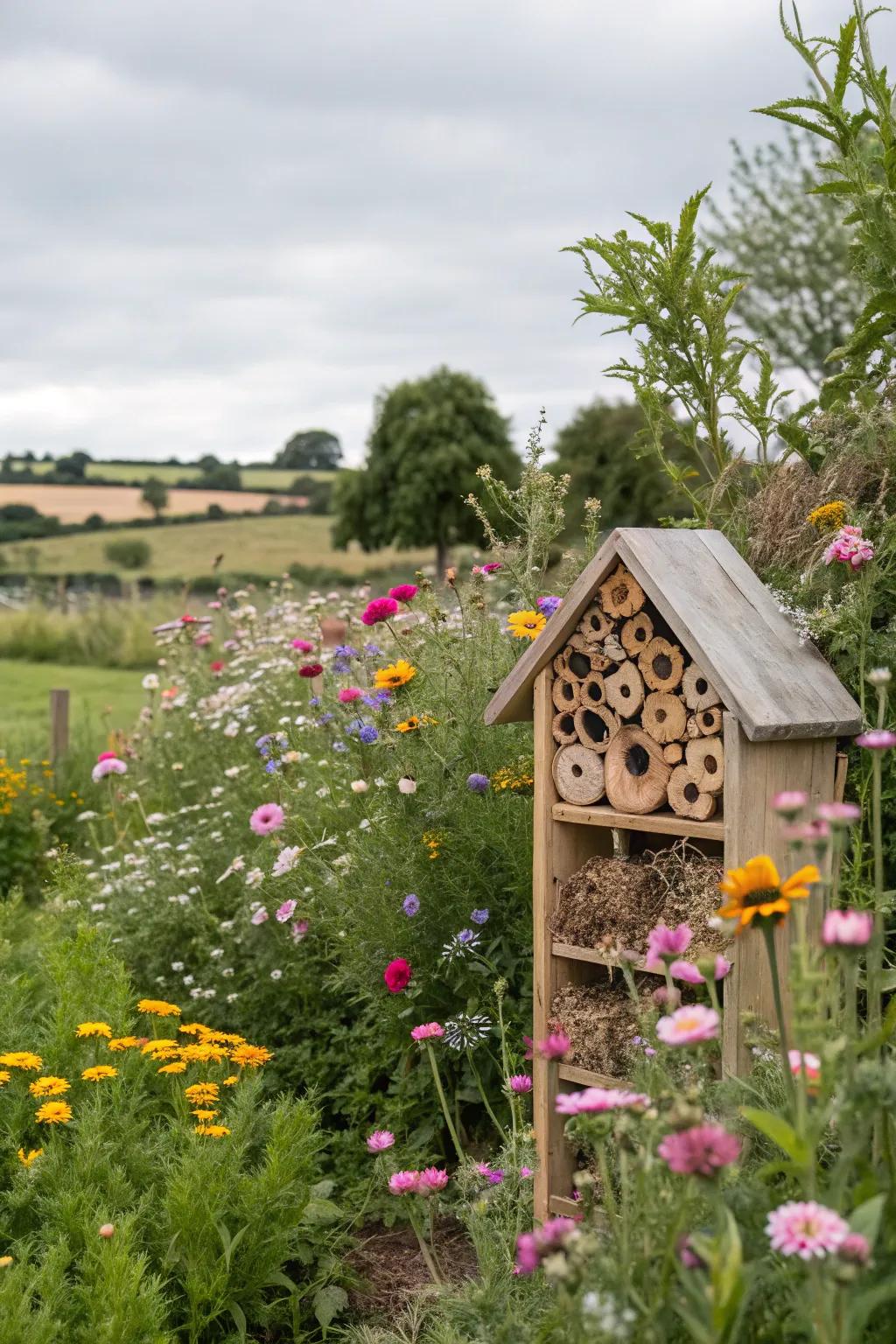
Creating habitats for bees and pollinators is crucial for a thriving garden. I love watching them flit from flower to flower, knowing my garden supports their life cycle.
These products might be useful:
- Bee House Kit: Attract bees to your garden with this easy-to-assemble bee house kit. Support pollination today!
- Wildflower Seed Mix: Plant a variety of wildflowers to attract and nourish bees. Add beauty to your garden!
- Nectar Feeder: Provide essential nutrients with this handy nectar feeder, perfect for nurturing garden pollinators.
7. Experiment with Wild Edges
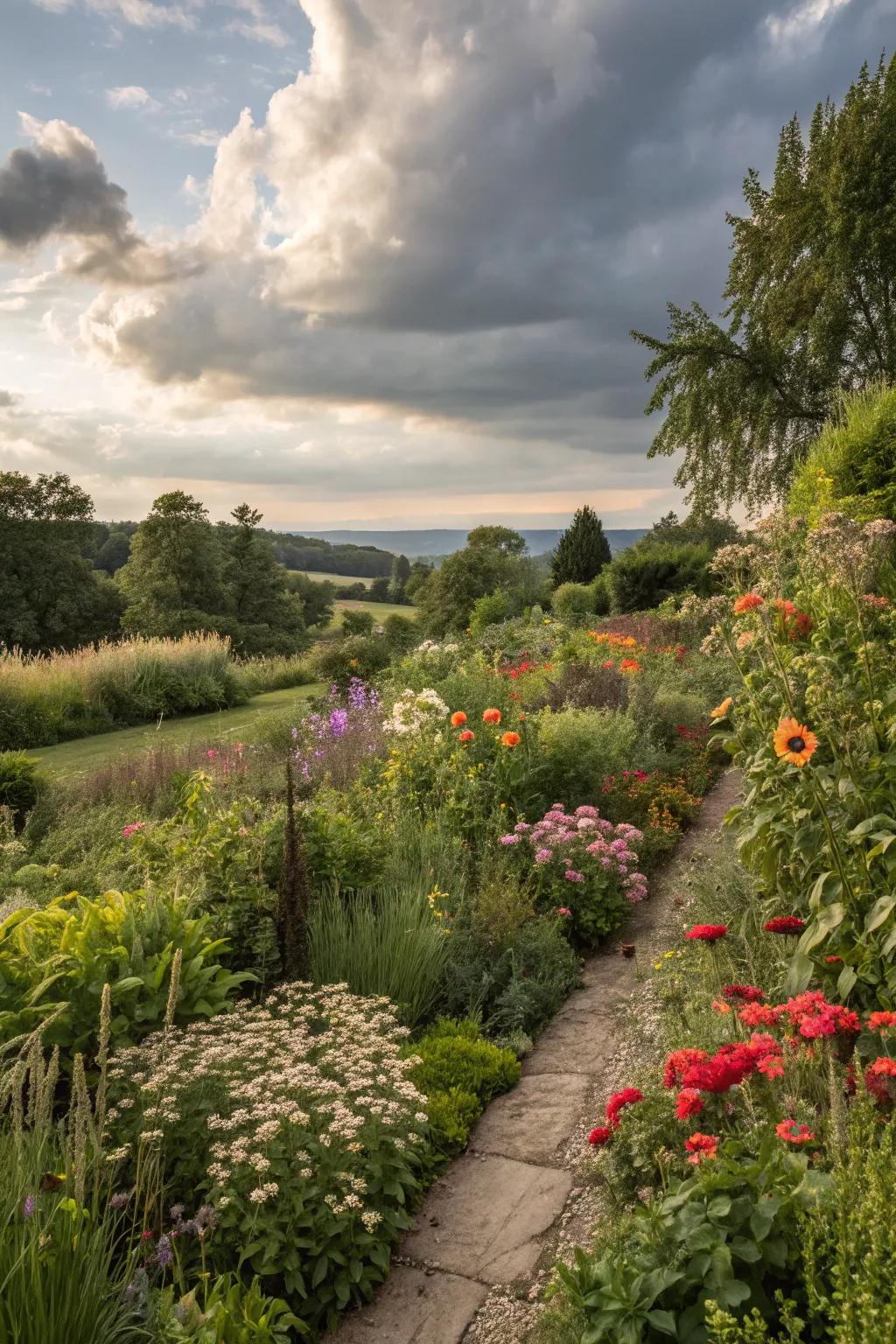
Letting the edges of your garden grow wild creates a naturalistic feel and supports biodiversity. I’ve found it adds a whimsical, untamed charm to my space.
A few choices to try:
- Wildflower Seed Mix: Enhance your garden’s biodiversity with vibrant wildflowers. Create a lively, natural edge today.
- Organic Mulch: Protect your plants and enrich the soil. Organic mulch completes your natural garden look.
- Bee and Insect Hotel: Invite beneficial insects to your garden with this charming bee hotel. Boost pollination naturally.
8. Design a Secret Garden Nook
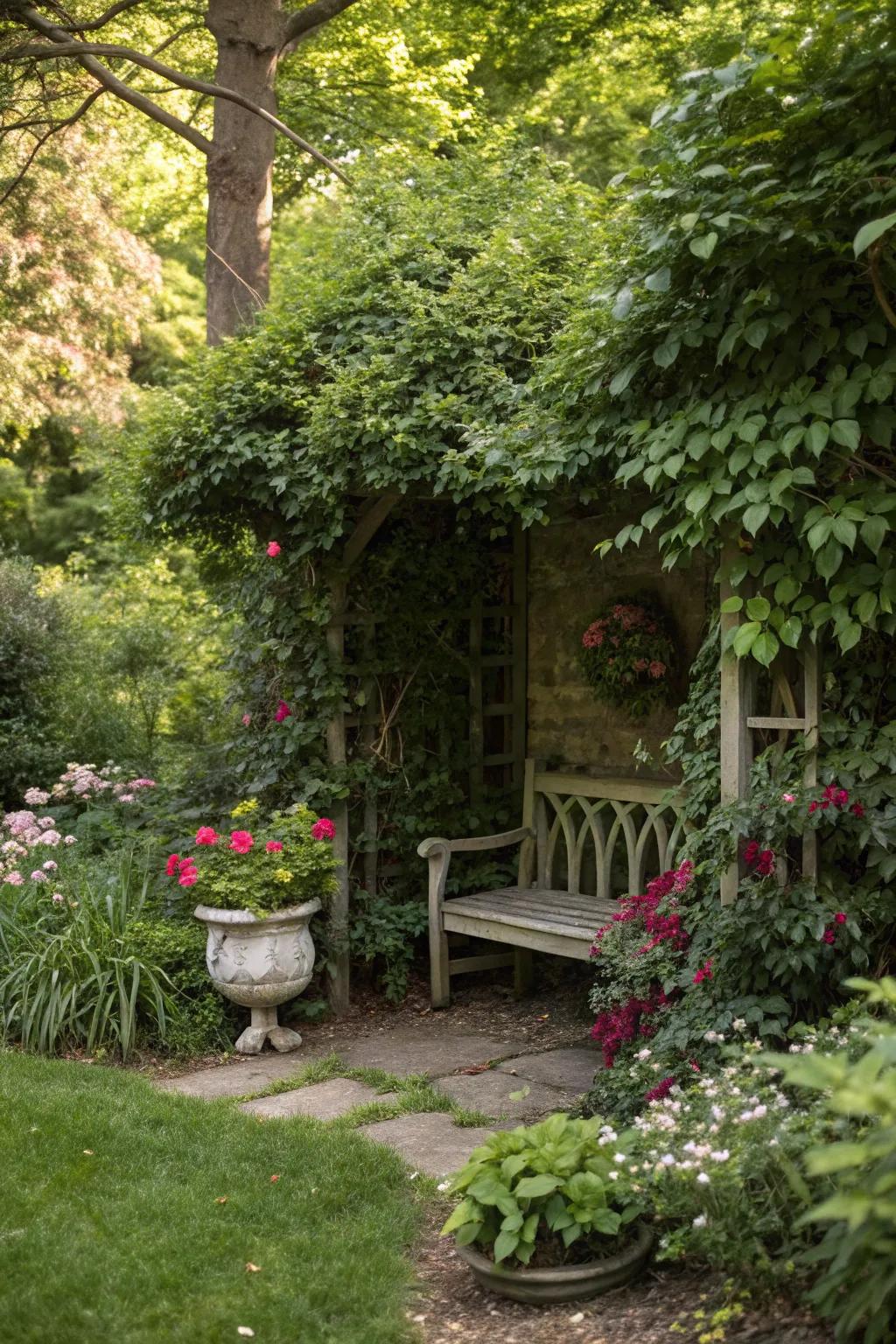
A secret garden nook hidden among greenery offers a private retreat. I’ve created a cozy corner in my garden where I can escape with a good book.
Might be a good match:
- Outdoor Garden Bench: Create your relaxing retreat with a charming garden bench for serene reading moments.
- Decorative Garden Trellis: Enhance your garden nook using a decorative trellis to support climbing plants beautifully.
- Hanging Planters: Add a touch of greenery with hanging planters perfect for your favorite flowers.
9. Design Natural Seating Areas
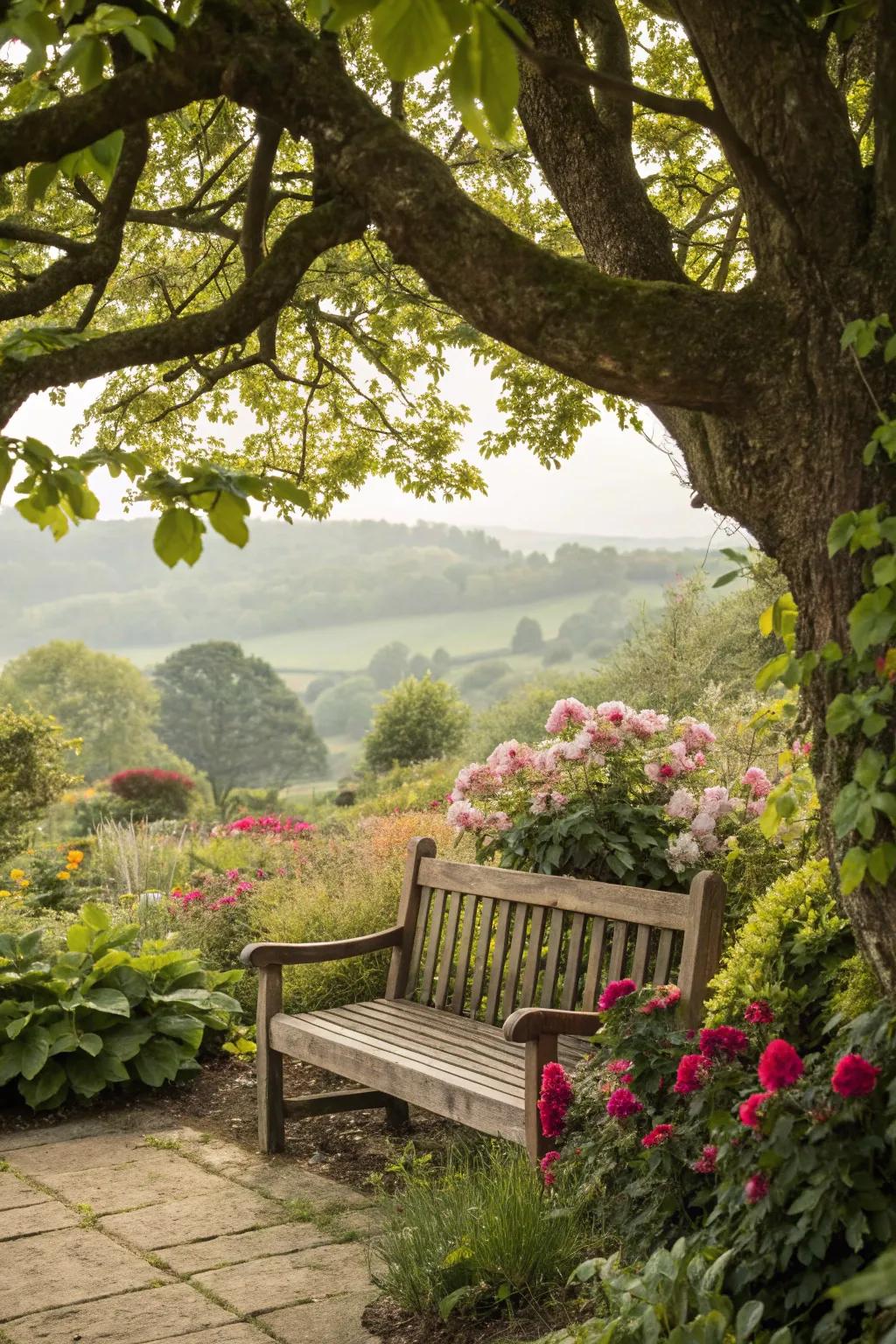
Simple seating areas crafted from natural materials invite relaxation and enjoyment. My favorite spot is a wooden bench under a tree, perfect for morning coffee.
Consider these options:
- Rustic Wooden Garden Bench: Enjoy serene mornings with a rustic bench, blending beautifully with nature’s surroundings.
- Natural Stone Garden Pathway: Create a charming garden path leading to your seating area with natural stone pavers.
- Decorative Outdoor Throw Pillows: Add comfort and style to your garden bench with outdoor weather-resistant throw pillows.
10. Set Natural Borders
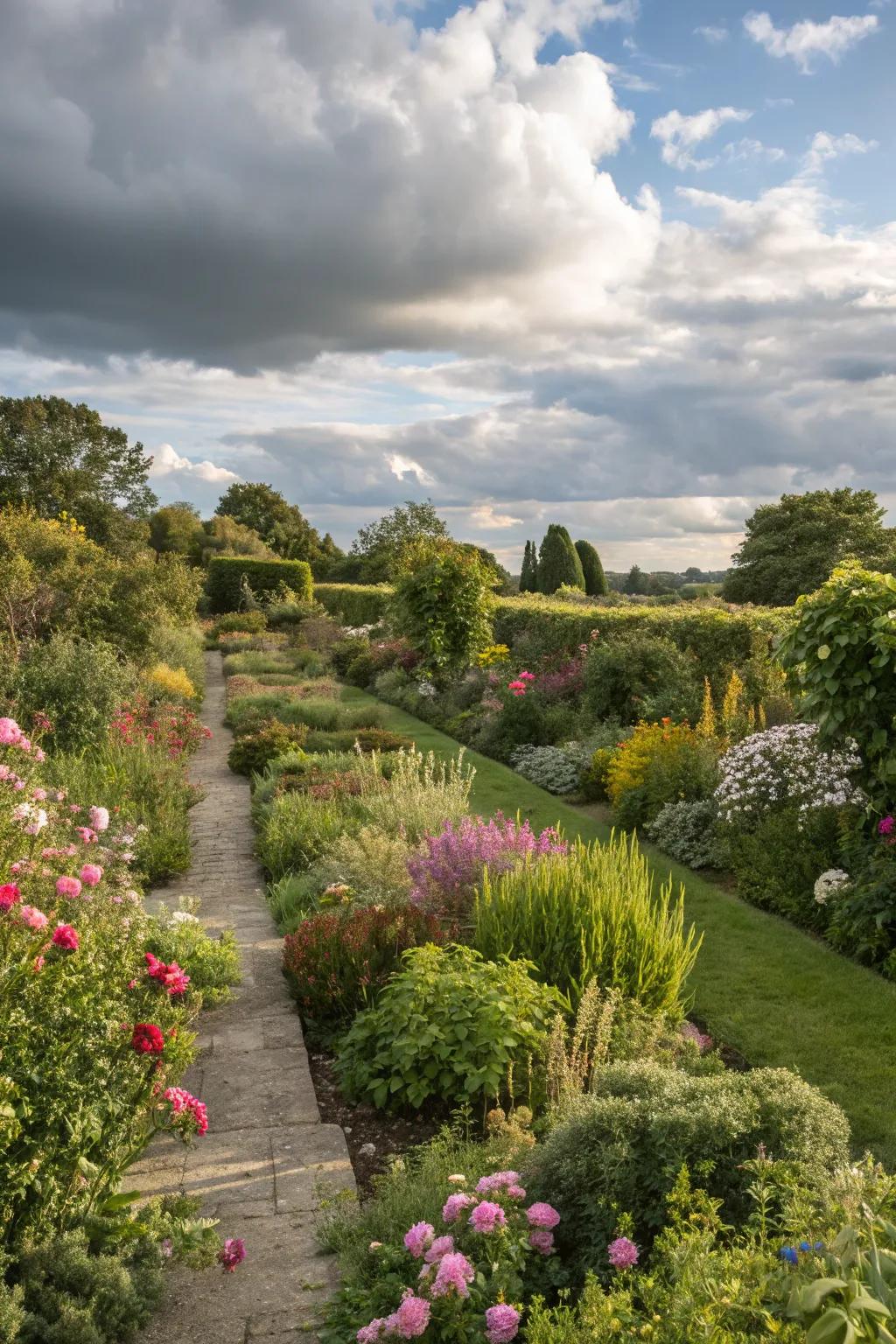
Using bushes or mixed plantings as natural borders can seamlessly blend your garden with its surroundings. In my garden, these borders create a lovely, soft transition.
Possibly helpful picks:
- Evergreen Shrub Seeds: Add lush, green borders to your garden with easy-to-grow evergreen shrub seeds.
- Mixed Wildflower Seed Pack: Create vibrant borders effortlessly using a diverse mix of perennial wildflower seeds.
- Garden Edging Shears: Maintain sharp, defined edges on your natural borders with convenient garden edging shears.
11. Add a Tranquil Water Feature
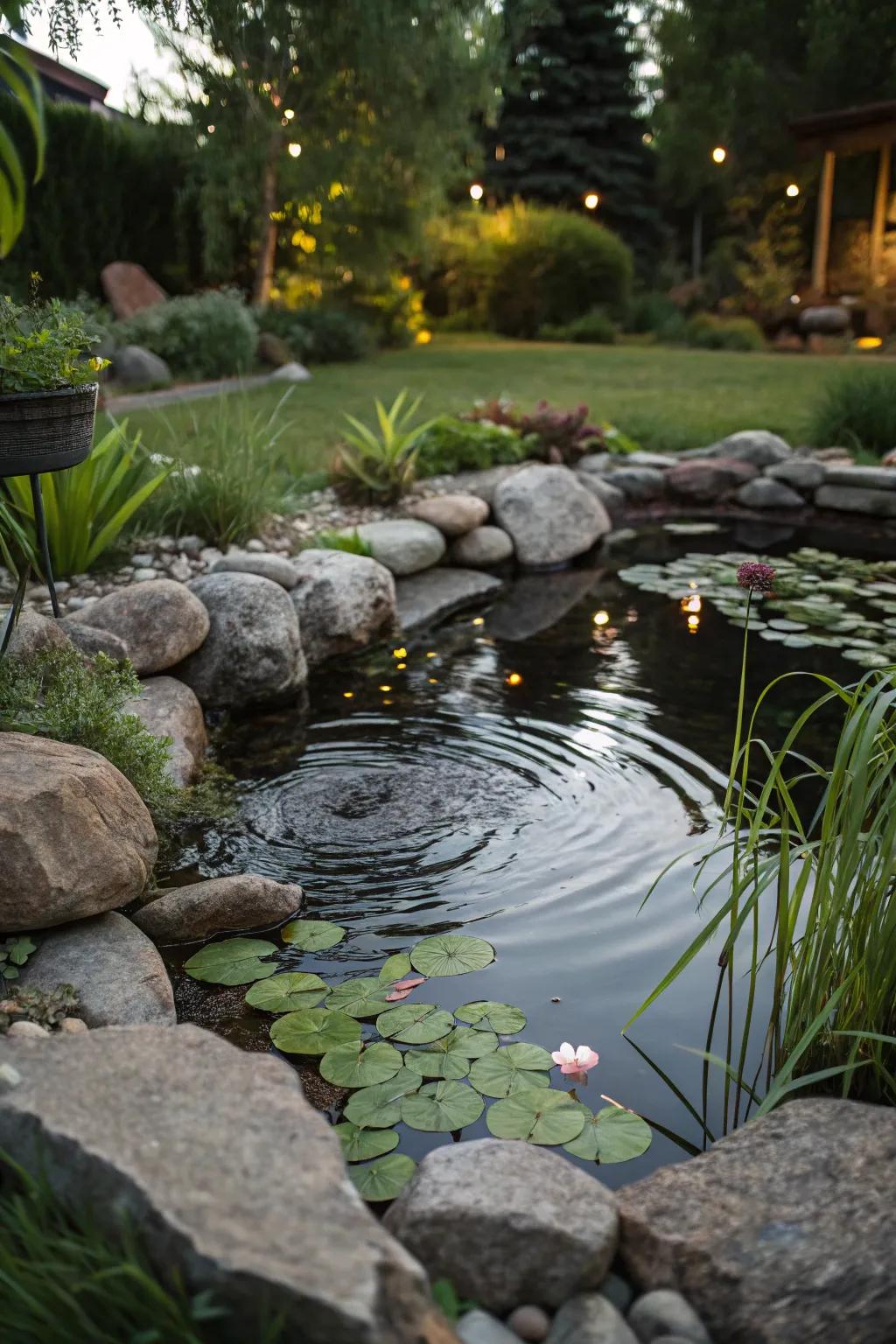
A small pond or stream can add a tranquil atmosphere and attract wildlife. I’ve noticed that the sound of water creates a calming backdrop in my garden.
Explore these options:
- Garden Pond Liner: Ensure a leak-free pond installation and durability with a high-quality pond liner in your garden.
- Solar Water Pump Kit: Enhance your pond with a solar pump kit for eco-friendly water circulation and serene soundscapes.
- Floating Pond Lily Pads: Add realism and beauty to your pond with lifelike floating lily pads for an elegant touch.
12. Add a Natural Pergola
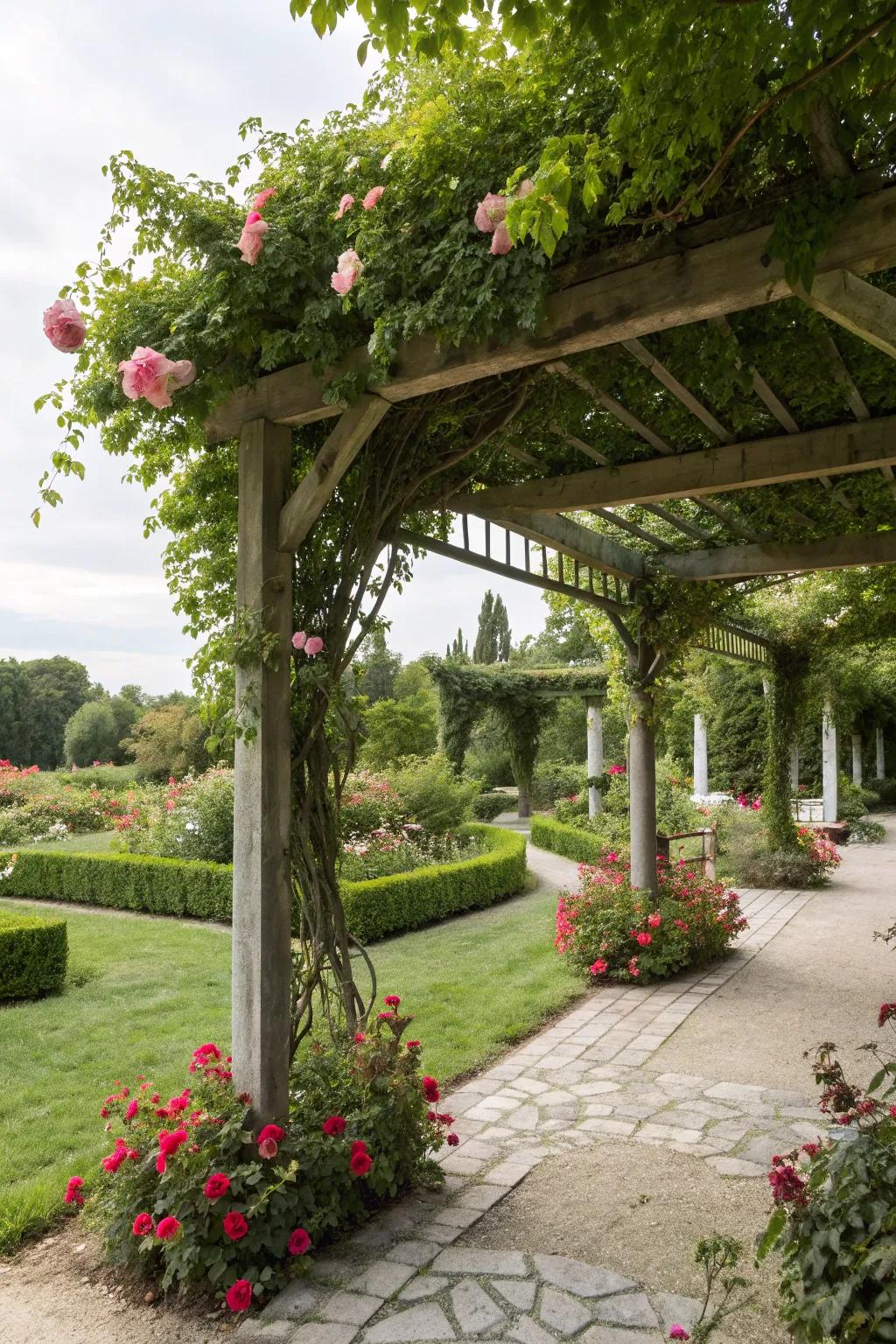
A natural pergola covered with climbing plants offers shade and a cozy spot to relax. In my garden, it serves as a beautiful focal point.
A few relevant products:
- Wooden Garden Pergola: Enhance your outdoor space with a wooden pergola for a perfect natural retreat.
- Climbing Plant Support System: Elevate your garden’s beauty with a versatile climbing plant support system.
- Outdoor Garden Bench: Create a relaxing nook in your pergola with a charming outdoor garden bench.
13. Introduce Climbing Vines
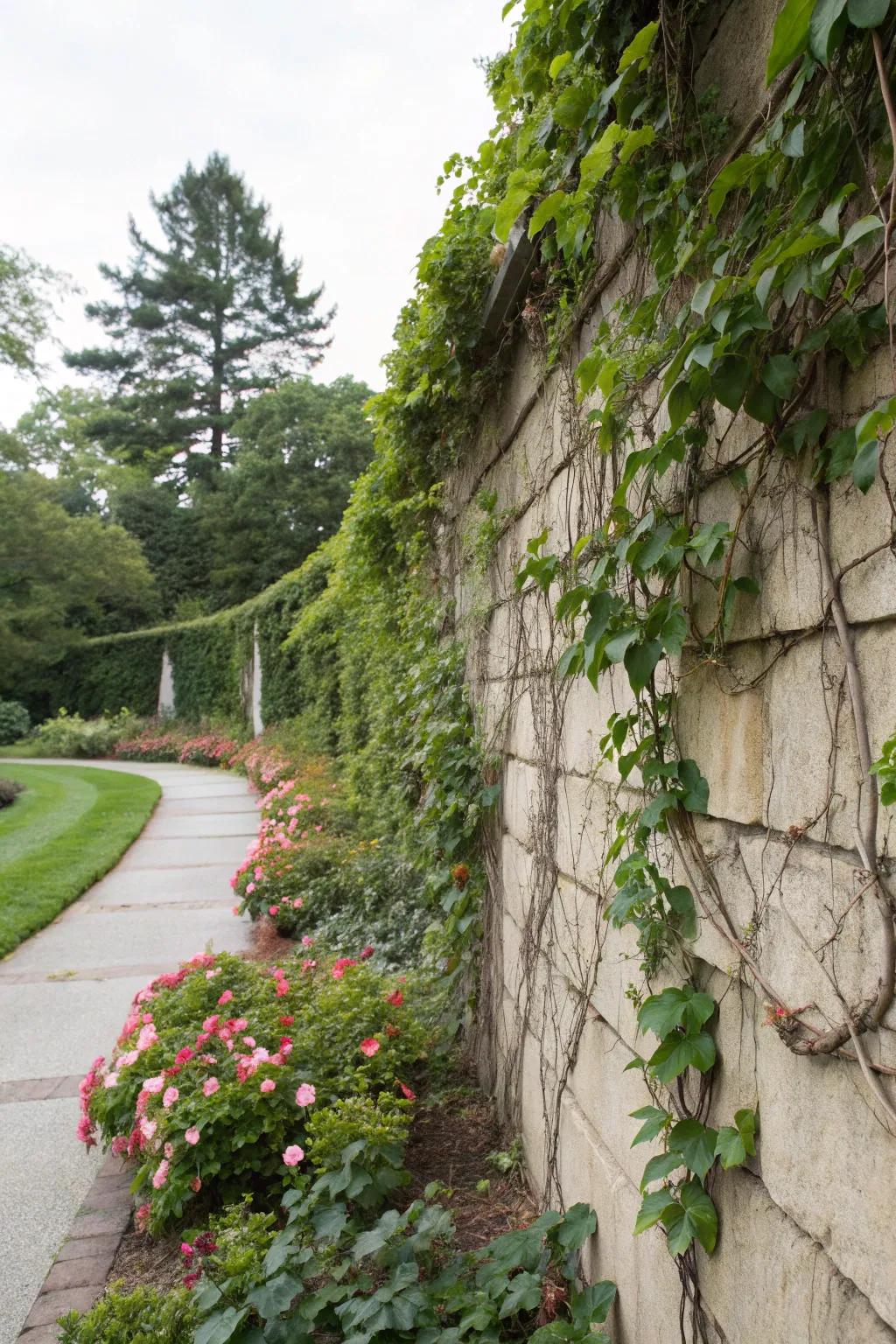
Climbing vines can add greenery and texture to walls and fences. I’ve used them to soften hard surfaces and add a lush feel to my garden.
Useful items to consider:
- Expandable Trellis for Climbing Plants: Enhance your garden walls with this adjustable trellis, perfect for supporting lush climbing vines.
- Natural Jute Twine for Garden Use: Secure your climbing vines effectively with eco-friendly jute twine for natural garden aesthetics.
- Organic Plant Fertilizer for Vines: Boost your climbing plants’ growth with this organic fertilizer, enhancing lush greenery in your garden.
14. Include Rustic Elements
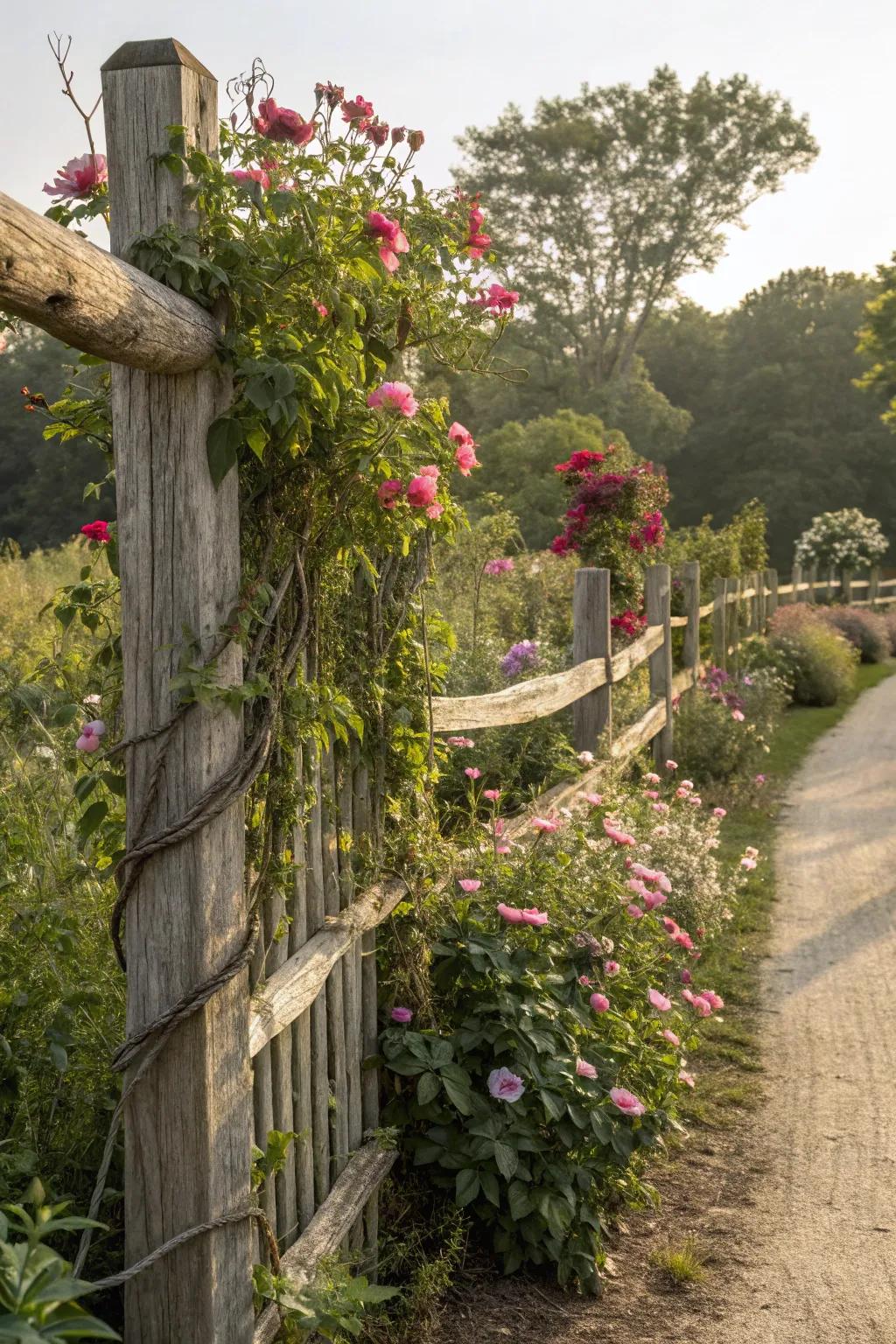
Incorporating rustic elements like wooden fences or sculptures adds authenticity to your garden. I love how these touches bring warmth and an earthy feel to the space.
Products that could assist:
- Wooden Garden Fencing Panels: Enhance your garden’s charm by adding timeless wooden garden fencing panels today.
- Handcrafted Wooden Sculptures: Adorn your garden with handcrafted wooden sculptures for a unique rustic touch.
- Vintage Garden Planters: Introduce vintage-inspired garden planters and bring an old-world feel to your garden space.
15. Incorporate Edible Plants
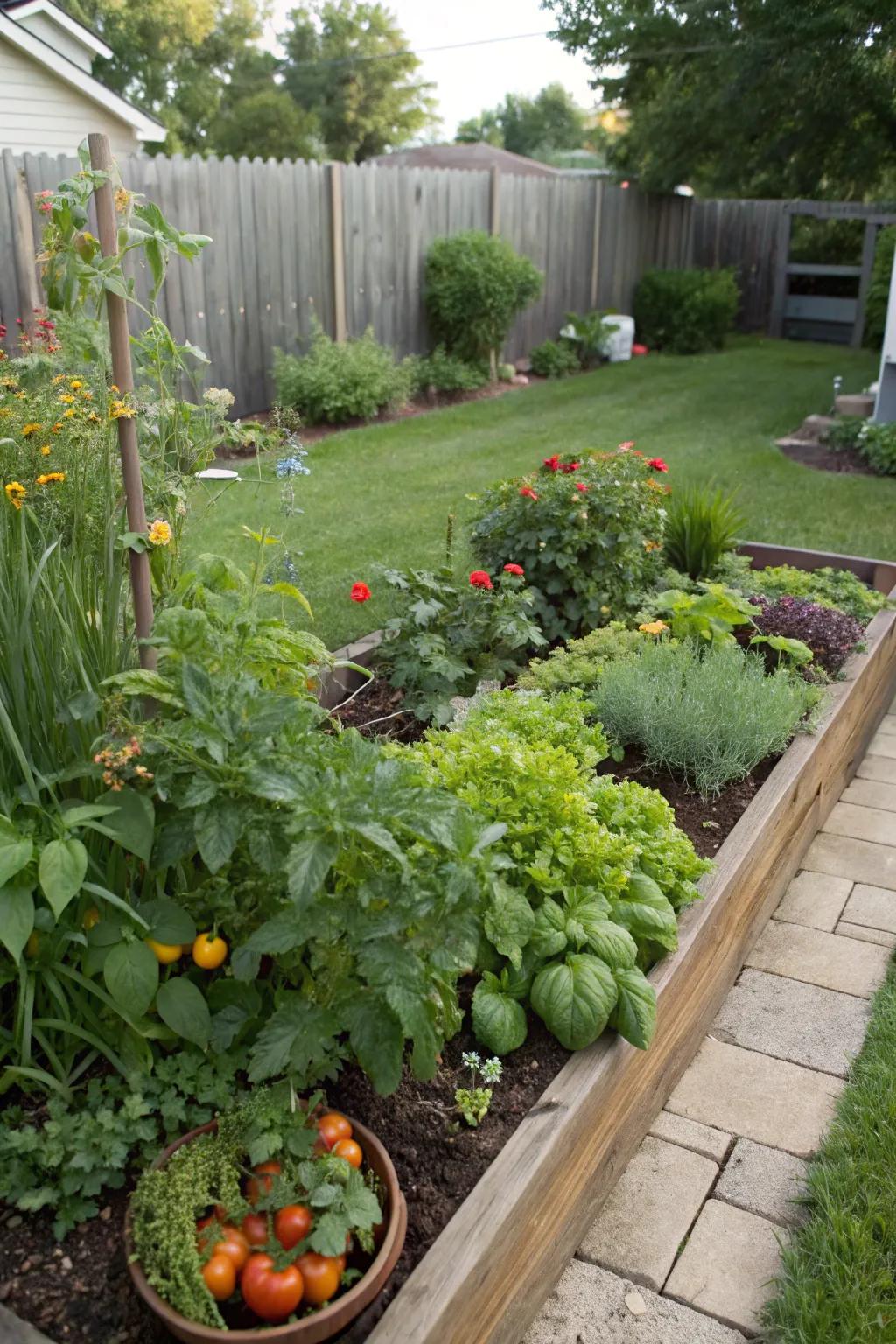
Adding edible plants like herbs and vegetables brings both beauty and bounty to your garden. I love picking fresh ingredients right from my backyard.
Possibly handy products:
- Raised Garden Bed Kit: Enhance your garden layout with a raised bed to grow fresh, delicious herbs and vegetables.
- Organic Vegetable Seed Pack: Start your edible garden with a variety of organic seeds perfect for flavorful home cooking.
- Herb Planter with Drainage: Cultivate an assortment of herbs effortlessly with a well-designed planter featuring drainage and compartments.
16. Install a Vertical Garden
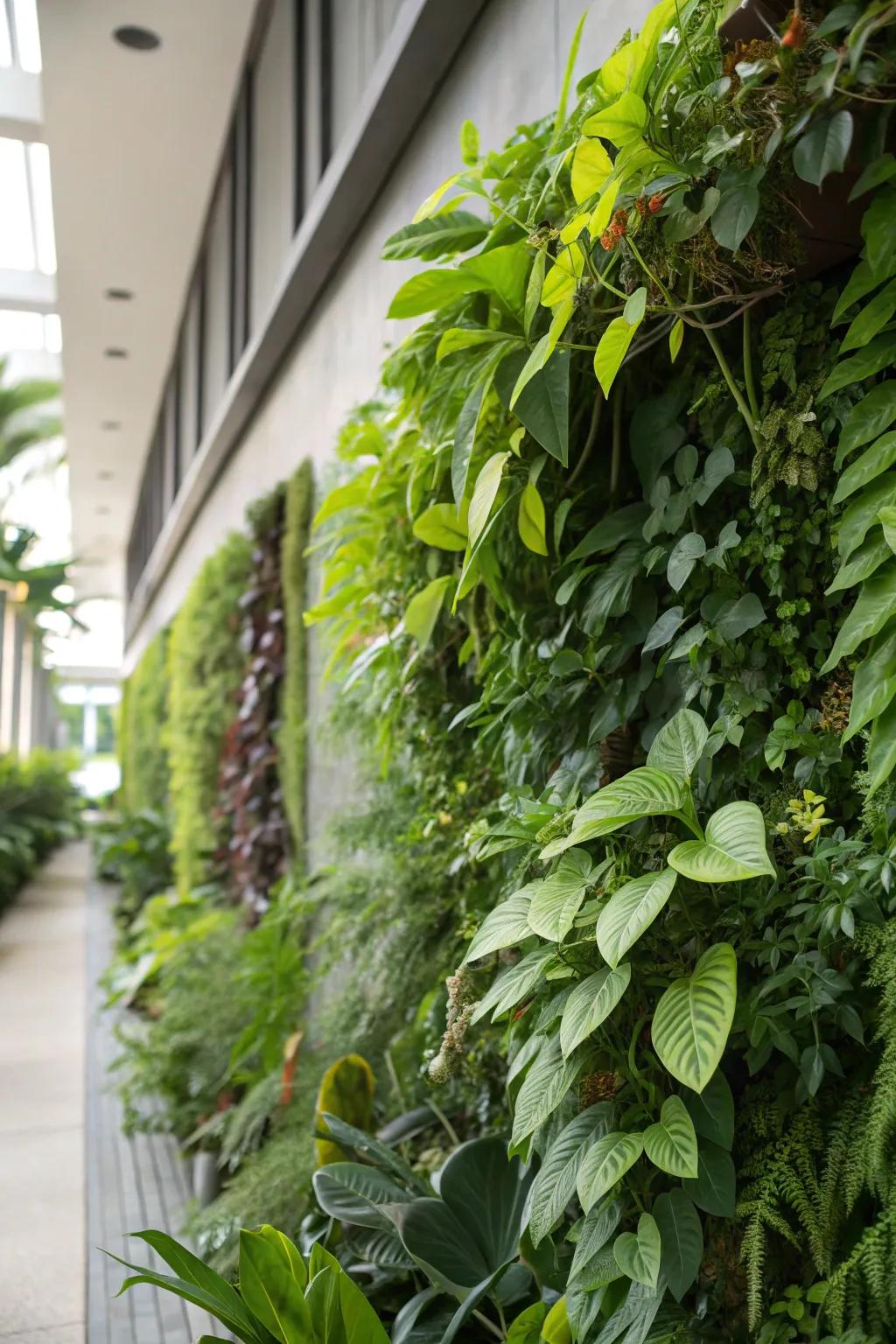
Vertical gardens are perfect for small spaces and add a lush, green wall to your area. I’ve found they bring a refreshing vertical dimension to my garden.
These products might help:
- Vertical Garden Wall Planter: Transform your space with a vibrant, lush vertical garden wall. Easy to install and maintain.
- Self-Watering Plant Pockets: Keep your vertical garden thriving effortlessly with self-watering pockets. Perfect for busy gardeners.
- Indoor Plant Grow Lights: Enhance your vertical garden’s growth with efficient indoor plant grow lights. Ideal for low-light areas.
17. Embrace Wildflower Meadows
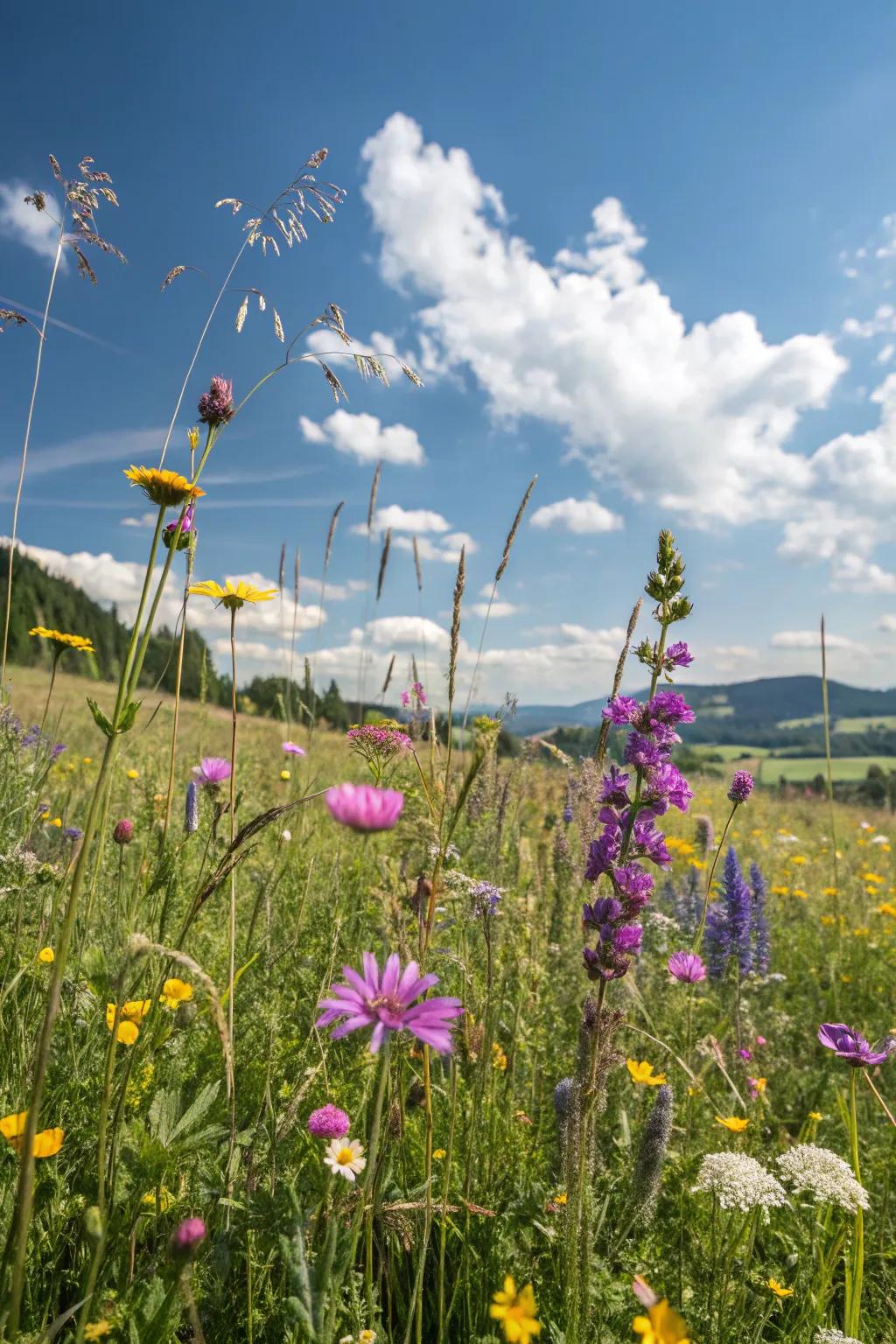
There’s nothing quite like a wildflower meadow in your backyard to bring a burst of color and life. I’ve found that letting flowers grow freely creates a lively and ever-changing landscape.
Maybe worth checking out:
- Wildflower Seed Mix: Transform your backyard with vibrant blooms using this diverse wildflower seed mix.
- Garden Soil Enhancer: Boost your garden’s growth potential with this nutrient-rich soil enhancer.
- Wildflower Planting Guide: Maximize your wildflower success with this comprehensive planting guide.
18. Use Natural Mulching
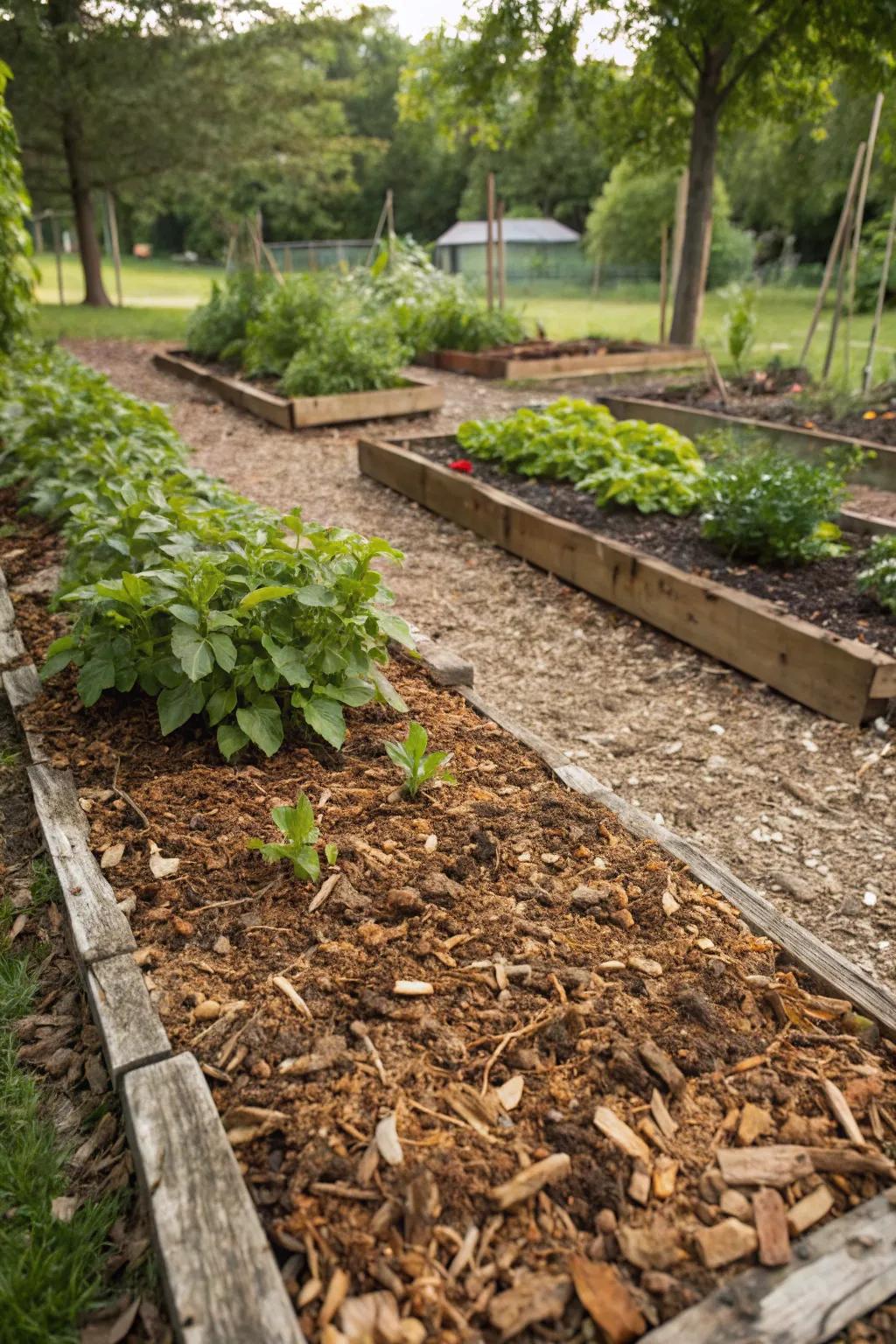
Natural mulching with leaves or bark keeps your soil healthy and retains moisture. In my garden, it also provides a rustic look that I adore.
Some ideas to consider:
- Natural Mulch Chips: Enhance soil health and moisture retention with these eco-friendly natural mulch chips.
- Leaf Mulch Shredders: Efficiently prepare your garden mulch using a durable leaf mulch shredder.
- Natural Bark Mulch: Achieve a rustic garden look with moisture-retaining natural bark mulch.
